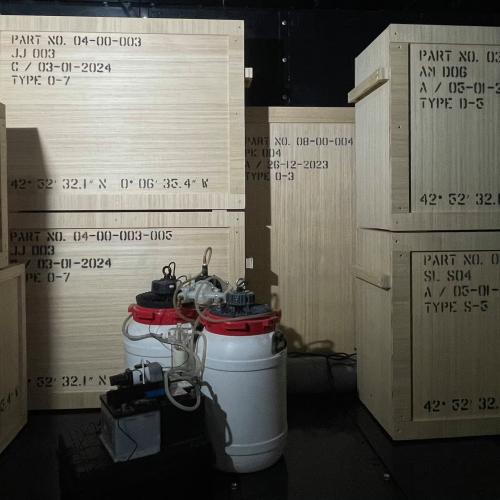Related Stories
Japanese officials defend delay in revealing severity of radiation
Key Excerpts from Article on Website of Seattle Times/New York Times
Posted: April 19th, 2011
http://seattletimes.nwsource.com/html/nationworld/2014756803...
Japanese officials have been forced to explain why it took them a month to disclose large-scale releases of radioactive material in mid-March at a crippled nuclear-power plant. The government announced [on April 12] that it had raised its rating of the severity of the accident at the Fukushima Daiichi nuclear complex to 7, the worst on an international scale, from 5. Japan's new assessment was based largely on computer models showing heavy emissions of radioactive iodine and cesium March 14-16, soon after a magnitude-9.0 earthquake and tsunami rendered the plant's emergency cooling system inoperative. The nearly monthlong delay in acknowledging the extent of these emissions is a fresh example of confused data and analysis from the Japanese and put authorities on the defensive about whether they have delayed or blocked the release of information to avoid alarming the public. Seiji Shiroya, a commissioner of Japan's Nuclear Safety Commission, an independent panel that oversees the country's nuclear industry, ... suggested a public-policy reason for having kept quiet. "Some foreigners fled the country even when there appeared to be little risk," he said. "If we immediately decided to label the situation as Level 7, we could have triggered a panicked reaction." The peak release in emissions of radioactive particles took place after hydrogen explosions at three Fukujima reactors.
Note: For lots more on corporate and government corruption, click here and here.
Related Stories
Latest News
Key News Articles from Years Past












































































